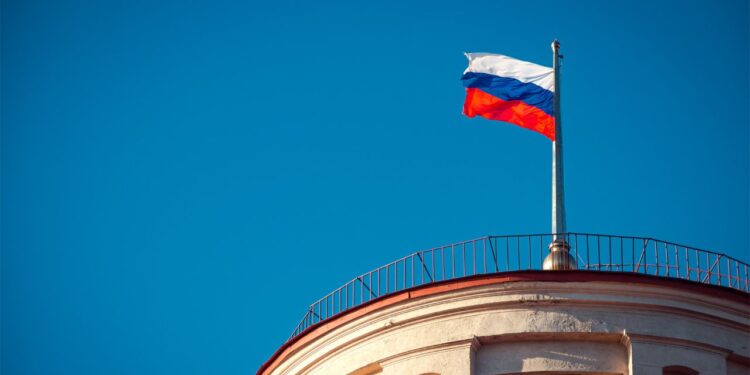What’s happening?
Russia is currently experiencing its most severe labor shortage since President Vladimir Putin took power, according to a survey conducted by the Yegor Gaidar Institute for Economic Policy. This study revealed that approximately 35 percent of the industrial enterprises surveyed in April lacked workers, the highest such number since 1996. The shortage is attributed in part to Russia’s “partial mobilization” of its population which started in September of last year. The impact is most noticeable in lighter industries and mechanical engineering. The exit of Western brands like McDonald’s and Starbucks from the country has created opportunities for local entrepreneurs, but they face challenges due to the labor shortage.
Why it matters:
The labor shortage is a significant barrier to Russia’s industrial growth, according to Sergey Tsukhlo, the institute’s head of business surveys. This issue has become so critical that it has been acknowledged by President Putin and Economic Development Minister Maxim Reshetnikov as a question of survival for the country. They note that problems with training and labor productivity need to be addressed urgently to overcome the challenges.
How it’ll impact the future of work:
In the short term, this labor shortage may stifle industrial growth and local entrepreneurial opportunities, despite the market gap left by exiting Western brands. Over the longer term, Russia may need to implement significant changes to its labor policy, worker training programs, and potentially immigration laws to attract and retain a sufficient workforce. This situation also underlines the importance of stability and peace for sustainable economic growth and labor market health. The ongoing geopolitical conflicts and the resulting workforce mobilization can deeply impact an economy and its labor market.


 Dr. Gleb Tsipursky – The Office Whisperer
Dr. Gleb Tsipursky – The Office Whisperer Nirit Cohen – WorkFutures
Nirit Cohen – WorkFutures Angela Howard – Culture Expert
Angela Howard – Culture Expert Drew Jones – Design & Innovation
Drew Jones – Design & Innovation Jonathan Price – CRE & Flex Expert
Jonathan Price – CRE & Flex Expert










